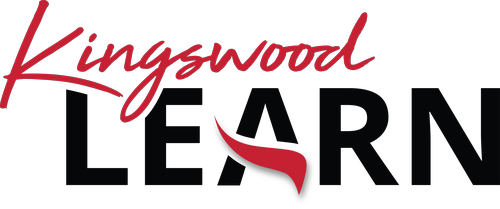
For the formal Kingswood Learn MicroCourses, we tend to work off a Google Doc. The nice thing about Google Docs is that they are free, and you can use them to collaborate with others.
Here are some of the key features of more formal Kingswood Learn Google Docs:
- They begin with the course title, description, and learning outcomes.
- The bulk of it is the 4-6 lessons.
- Each lesson has a paragraph description with learning outcomes.
- Within each lesson are 1-3 “Pages.” These are the subtopics within each lesson.
- Each lesson ends with possible Practice, Knowledge Checks, and Supplemental Resources.
- At the end is an assessment in order to get a badge.
If you wish to go into this greater detail, now 1) put learning outcomes with each lesson and 2) identify the subtopics within each lesson.
Lesson Learning Outcomes
You have already created learning outcomes for the course in general. Now all you need to do is to identify the learning goals for each lesson. These would ideally be “SMART”: Specific, Measurable, Achievable, Relevant, and Time-Bound. As we already know, you would ideally have one verb per outcome. Because each lesson is more specific, you might only have 1-3 outcomes for each lesson.
Subtopics
A lesson might only cover one topic and thus only have one “Page” within it. Kingswood MicroCourses, on average, have two subtopics within each lesson. However, you could have three or four if they were shorter in length. Always keep the attention span of your audience in mind.
A lesson might cover 1-3 subtopics within it, each of which will be on its own “Page.”
Placeholders
If you wish, you can add placeholders to your outline for elements you will add in the next two lessons. These include: 1) places at the beginning of each lesson for links to your videos, 2) places for Practice, Knowledge Checks, and Supplemental Materials at the end of each lesson, 3) a place at the end titled, “For the Badge,” where participants can submit final materials in order to receive expert evaluation and possibly a badge.